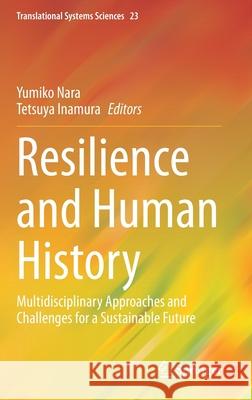Resilience and Human History: Multidisciplinary Approaches and Challenges for a Sustainable Future » książka
topmenu
Resilience and Human History: Multidisciplinary Approaches and Challenges for a Sustainable Future
ISBN-13: 9789811540905 / Angielski / Twarda / 2020 / 221 str.
Resilience and Human History: Multidisciplinary Approaches and Challenges for a Sustainable Future
ISBN-13: 9789811540905 / Angielski / Twarda / 2020 / 221 str.
cena 466,91 zł
(netto: 444,68 VAT: 5%)
Najniższa cena z 30 dni: 462,63 zł
(netto: 444,68 VAT: 5%)
Najniższa cena z 30 dni: 462,63 zł
Termin realizacji zamówienia:
ok. 20 dni roboczych.
ok. 20 dni roboczych.
Darmowa dostawa!
Kategorie:
Kategorie BISAC:
Wydawca:
Springer
Seria wydawnicza:
Język:
Angielski
ISBN-13:
9789811540905
Rok wydania:
2020
Wydanie:
2020
Numer serii:
000470142
Ilość stron:
221
Waga:
0.50 kg
Wymiary:
23.39 x 15.6 x 1.42
Oprawa:
Twarda
Wolumenów:
01
Dodatkowe informacje:
Wydanie ilustrowane











